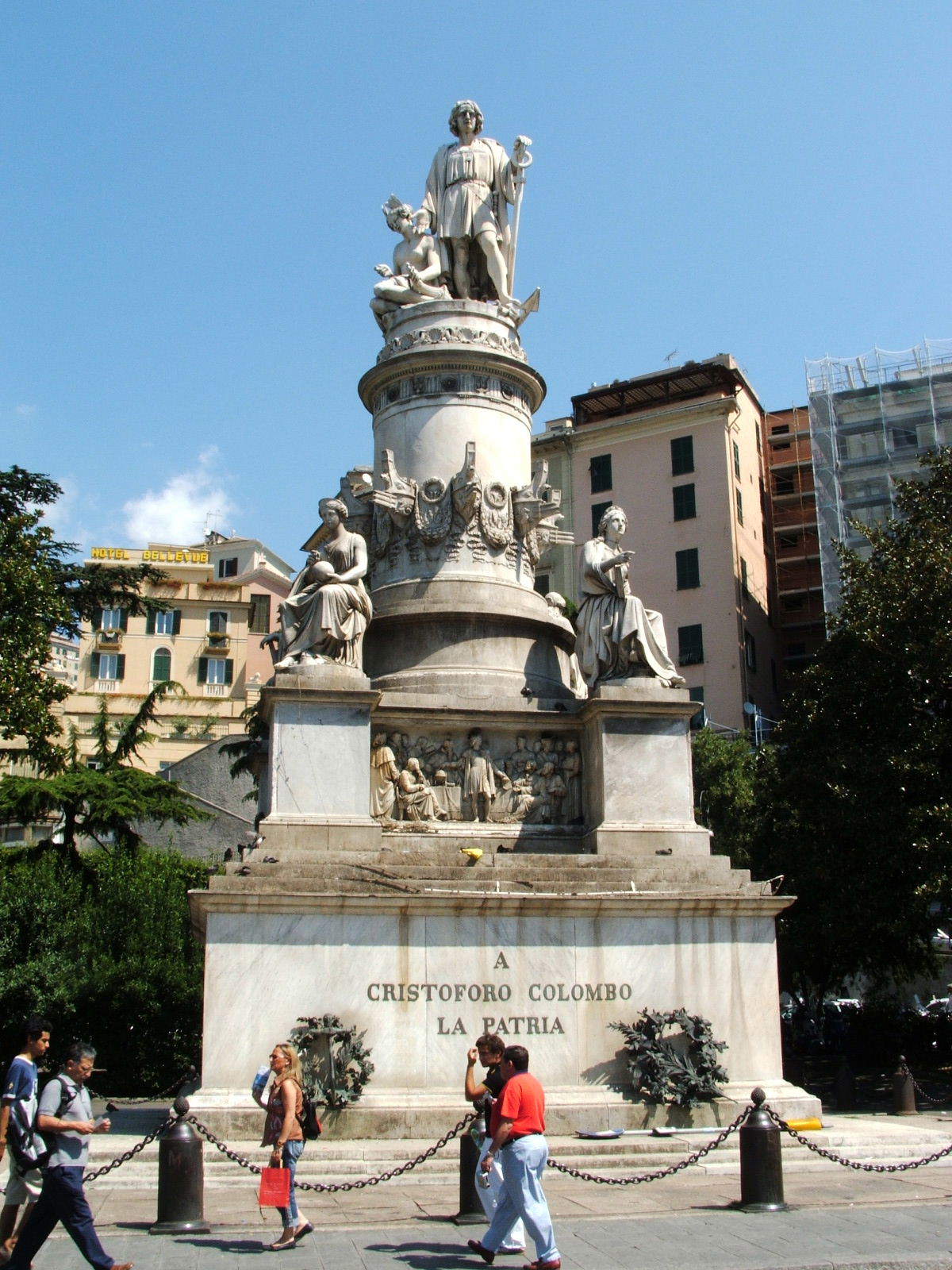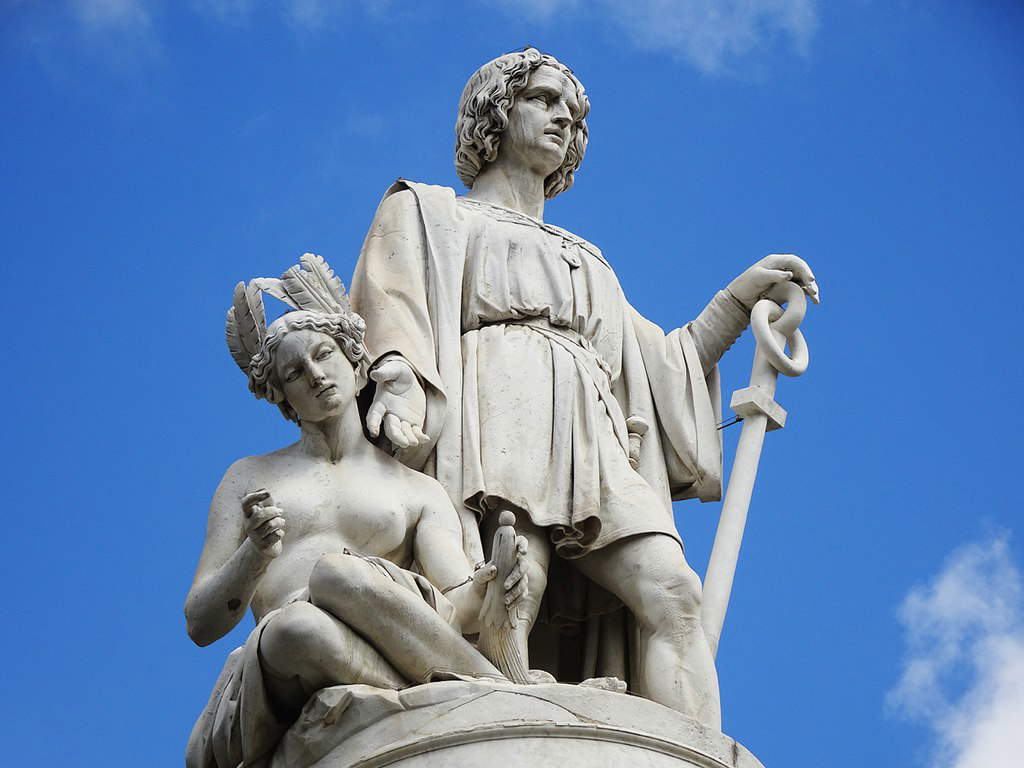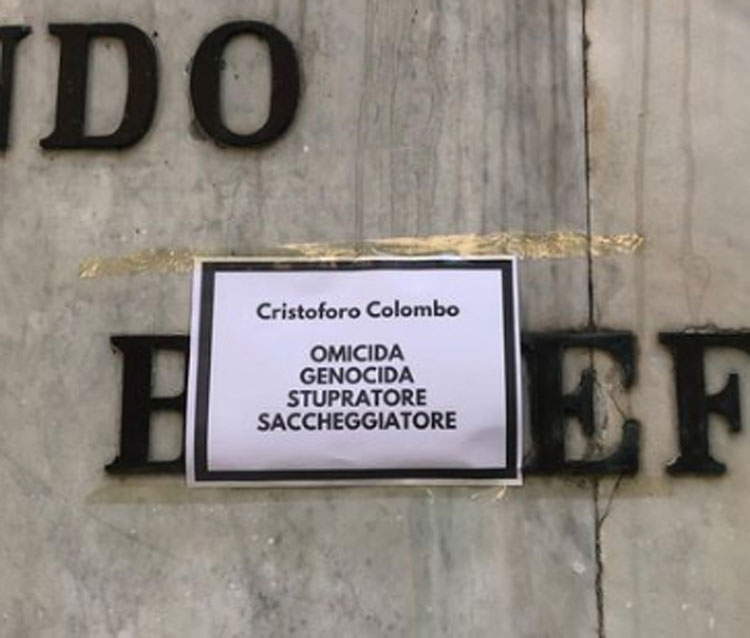October 12 celebrated Christopher Columbus and the discovery ofAmerica. For months now we have been witnessing the phenomena of rejection, if not outright vandalization, of public monuments celebrating the figure of Columbus (numerous statues have been daubed in the United States; a month ago it was the case of the final removal of the monument in Mexico City, which will leave its place to an apologetic work of indigenous culture). Well, it was also Genoa’s turn: the “house of Columbus” and the sculptural complex erected in Piazza Acquaverde (by Principe Station) saw several sheets appear on its base listing the crimes committed by the discoverer ofAmerica. Columbus murderer, genocide, rapist, pillager; you cannot celebrate an invader; we claim this property on behalf of the indigenous peoples of the Americas, and so on.



It is particularly this last sentence that causes some concern. The risk, it seems to me, is that no consideration is being given at all to the value, not only historical-artistic, but cultural tout court, of this work. It will therefore be necessary to remember: the construction site of the Genoese monument to Columbus (1846-1865) saw the participation of several important sculptors on at least a national level, first and foremost Lorenzo Bartolini (one can say the most relevant Italian sculptor of the generation following Canova, together with Pietro Tenerani). Besides him, among others, Luigi Pampaloni, Aristodemo Costoli and the greatest Genoese sculptor of the 19th century, Santo Varni. The monument is thus, thanks to the involvement of such important personalities, fundamental both for understanding the cultural role of Genoa around the mid-nineteenth century and because it represents the main field of updating Ligurian sculpture of the time on national novelties.
As much as, therefore, the demands of those who call for a downsizing of the historical judgment on Columbus are shareable and respectable, it should not be forgotten that the monument dedicated to him belongs to the History of the city and should, for this reason, be protected with conviction. Certainly, it might be useful to the cause to contextualize that work of art, perhaps with appropriate captions. It would, on the other hand, be unacceptable to see it, due to the unawareness of some, accidentally damaged or, what is worse, vandalized, as has already happened to other simulacra of theinvader.
Warning: the translation into English of the original Italian article was created using automatic tools. We undertake to review all articles, but we do not guarantee the total absence of inaccuracies in the translation due to the program. You can find the original by clicking on the ITA button. If you find any mistake,please contact us.